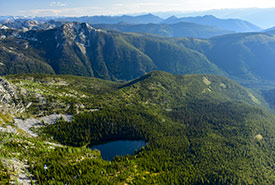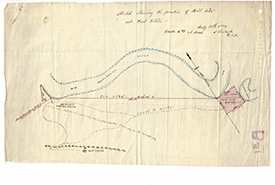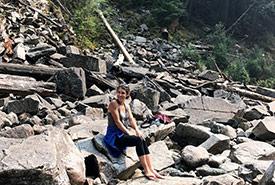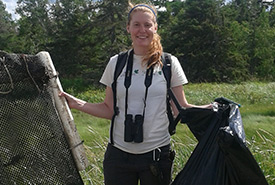What will we save? The conservation decisions we make today will impact Canada’s wildlife forever

Next Creek alpine lake (Photo by Steve Ogle)
Nature conservation often means making tough decisions. The conservation that does, or doesn’t, happen today will have a big impact on the future of wildlife here in Canada and beyond. Canada is a large and vast country, and we are one of...
A glimpse of the past: Using historic maps to guide land management

Historic land survey outlining the store house and fort site at NCC’s Fort Ellice property in MB (Photo by Manitoba Archives 2019)
The Prairie provinces, like much of agricultural Canada, look vastly different than they did before European settlement. During the development of Western Canada, forests were cleared, wetlands drained and grasslands plowed in an effort to settle...
Career curiosity

Drew dostaler, NCC's 2019 national conservation engagement intern (Photo courtesy of Drew Dostaler/NCC staff)
My time here at the Nature Conservancy of Canada (NCC) has marked a pivotal moment in my life, exposing me to the non-profit sector, different conservation processes and new challenges. With all of these new experiences, though, I have to wonder:...
Where are they now? Intern Alumni Spotlight: Claire Elliott

Claire Elliott at a Conservation Volunteers event in Tabusintac, NB (Photo by Joanna Hudgins)
This blog marks the eighth Intern Alumni Spotlight — a series highlighting some of the individuals who have interned with the Nature Conservancy of Canada (NCC) in the past. Last month, Victoria Shore was featured as the Intern Alumni...

